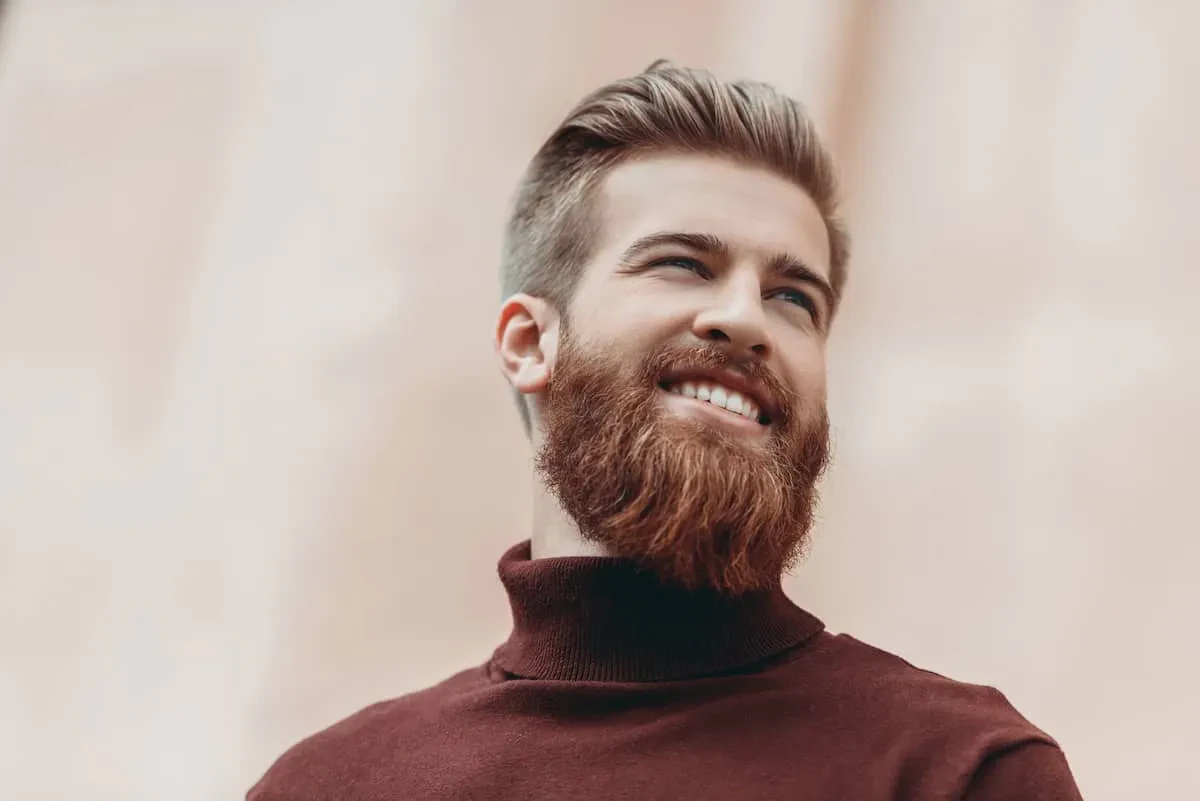Let’s be honest, beards have been around for as long as men have had the ability to grow them. But the styles? Oh boy, those have changed more than a chameleon in a disco ball. We’re talking centuries of trends, dictated by everything from societal norms and religion to pure, unadulterated fashion choices. Get ready for a hairy adventure through time!

Ancient civilizations like the Egyptians and Greeks were all about beards, although their styles varied wildly. Think carefully sculpted and braided masterpieces in Egypt, often adorned with gold and jewels, showcasing high social status. Meanwhile, in Greece, the beard was a symbol of wisdom and maturity – but not always! The Greeks sometimes went clean-shaven, depending on the fashion of the time and individual preferences.
In the Roman Empire, things got a bit more… complicated. The beard’s popularity fluctuated depending on the emperor’s whims. Some emperors sported magnificent beards, whilst others opted for a smooth face. This ebb and flow underscores how beards, then as now, were linked to power and status.

Fast forward to the Middle Ages, and the beard makes a strong comeback. It’s back and better than ever, often long and flowing, a symbol of masculinity and piety. Think knights, kings, and religious figures – the beard became a powerful visual identifier.
Then, we hit the Renaissance period – a period of artistic flourishing and… a little beard trimming. While beards were still prevalent, they became more meticulously styled and groomed. Think of the portraits of those dashing Renaissance men – neatly trimmed, well-maintained beards were all the rage.

The 17th and 18th centuries saw a pendulum swing toward clean-shaven faces, particularly among the upper classes. This was partially due to fashion and partially due to the practical aspects of hygiene – think of the unsanitary conditions of the time. However, beards remained a common sight amongst the common folk.
The 19th century brought about a huge resurgence of the beard! Think of the magnificent beards of historical figures like Abraham Lincoln and Karl Marx. Different styles emerged, from the full, bushy beard to the more neatly trimmed goatee. It became a statement of individuality and masculinity.

By the 20th century, beard styles continued to evolve, mirroring societal shifts and fashion trends. The early 20th century saw a preference for cleaner styles, while the later half witnessed the rise of counter-cultural movements and the return of longer, fuller beards.
2024 finds us in an era of incredible beard diversity. From the meticulously crafted stubble to the full, majestic beard, the choices are endless. It’s a testament to how this facial hair continues to be an expression of personal style.

Popular Beard Styles Throughout History (and now!)
- The Full Beard
- The Goatee
- The Van Dyke
- The Mutton Chops
- The Balbo
- The Stubble
- The Circle Beard
- The Garibaldi
Each of these styles tells a story, reflecting the fashions and attitudes of different eras. The full beard, for instance, has cycled through periods of immense popularity, representing masculinity, wisdom, and even rebellion depending on the context.
The goatee, a smaller and more refined style, often signified sophistication and intellect, especially in the Victorian era. Meanwhile, shorter styles like stubble became trendy in the 20th century, offering a more modern and manageable look.
Ultimately, the history of beard styles is a reflection of broader cultural shifts and personal expression. From ancient symbols of power to modern-day statements of individuality, the beard continues to hold a significant place in men’s fashion and personal identity.
So next time you admire a perfectly sculpted beard, or decide to let your own facial hair flourish, remember the rich and varied history it represents. It’s a story as unique and diverse as the men who wear them.
